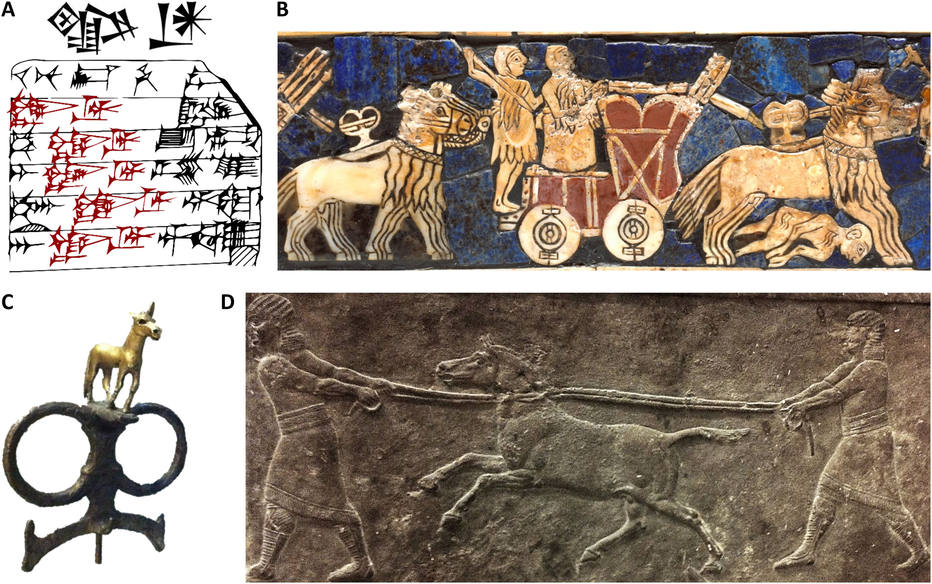The first equine hybrid – flag
2 min read
Horses arrived in Mesopotamia 4,000 years ago. Before that, the inhabitants had domesticated donkeys and used them to ride, pull plows and carry loads. But the inscriptions left on the clay tablets mention that the other horse was favored by the rich and powerful. They were from the Congas tribe, who were buried with their owners. Skeletons of congas were found in a royal palace excavated near Aleppo, present-day Syria. They were carefully buried in rows. These 5,000-year-old skeletons belong to an animal larger than a donkey. Surprisingly, these animals do not appear in any other fossil record. Which horse was this? And why are the other samples unknown?
Now, geneticists have been able to analyze the DNA extracted from the bones of the Kunga. What they found was that half of these animals’ genes came from domestic donkeys and the other half from other horses. To identify the second horse, DNA was obtained from several wild species still found in Asia. It was surprising to discover that the second half of the genes belongs to a wild donkey, which has never been tamed, is on the verge of extinction, and of which there are only two living specimens. These animals are called hemippes and DNA from very ancient skeletons, 11,000 years old, confirms the discovery. By analyzing the genes of the two species found in the Kungas, it was possible to determine that the Kungas resulted from the cross-breeding of female donkeys with male hemp.
It is possible that female donkeys were bred with halves of which were put into captivity or captivity. Since hemp is larger and faster, these hybrids were prized. Hemp is difficult to domesticate, like zebras. Since hybrid animals are not fertile, these animals were rare, they only existed because humans created them, and therefore they are not found outside of cities.
In the same way that we produce mules and donkeys today, and crossing horses with donkeys, our ancestors discovered this same technique about 5 thousand years ago. Since there are still two halves alive, there is a possibility that scientists will try to produce the Kungas and then we will see how they behave. The congas disappeared centuries later with the arrival of domesticated horses. They are the oldest hybrid animal produced by man.
more information: Genetic identity of the oldest human-made hybrid animal, the Mesopotamian congas. Sciences. case. 8, IBM 0218 2022
* Biologist, Ph.D. in cellular and molecular biology at Cornell University and author of the arrival of the novel coronavirus in Brazil; lotus leaf, mosquito slice; And the long march of chicken crickets

“Devoted food specialist. General alcohol fanatic. Amateur explorer. Infuriatingly humble social media scholar. Analyst.”




